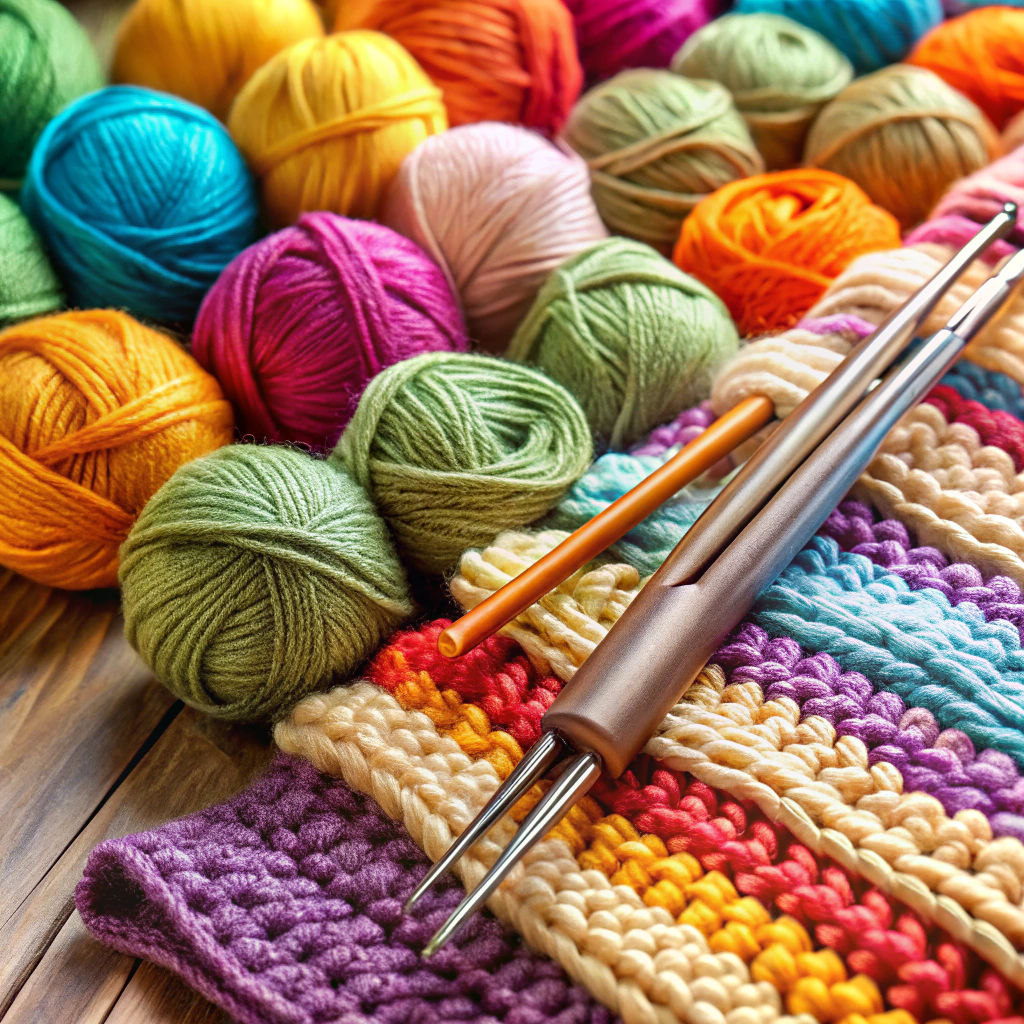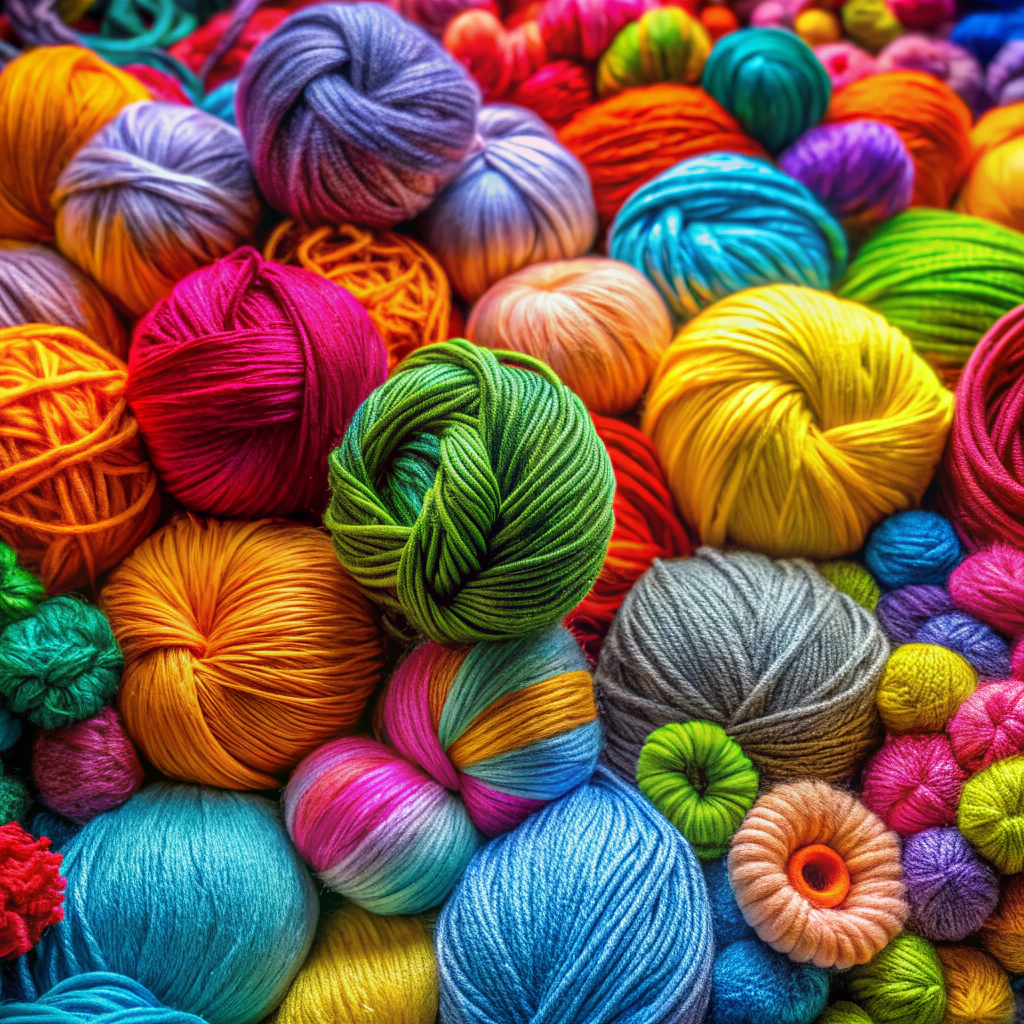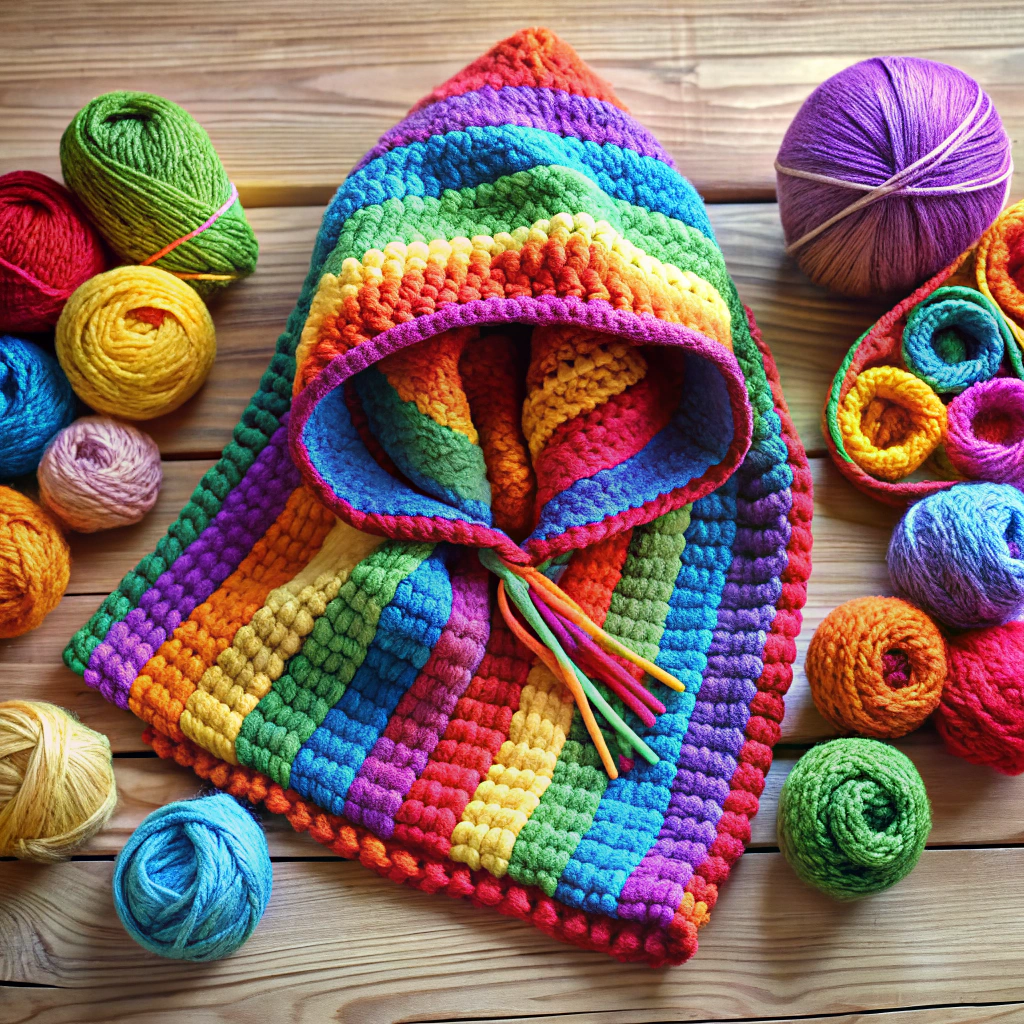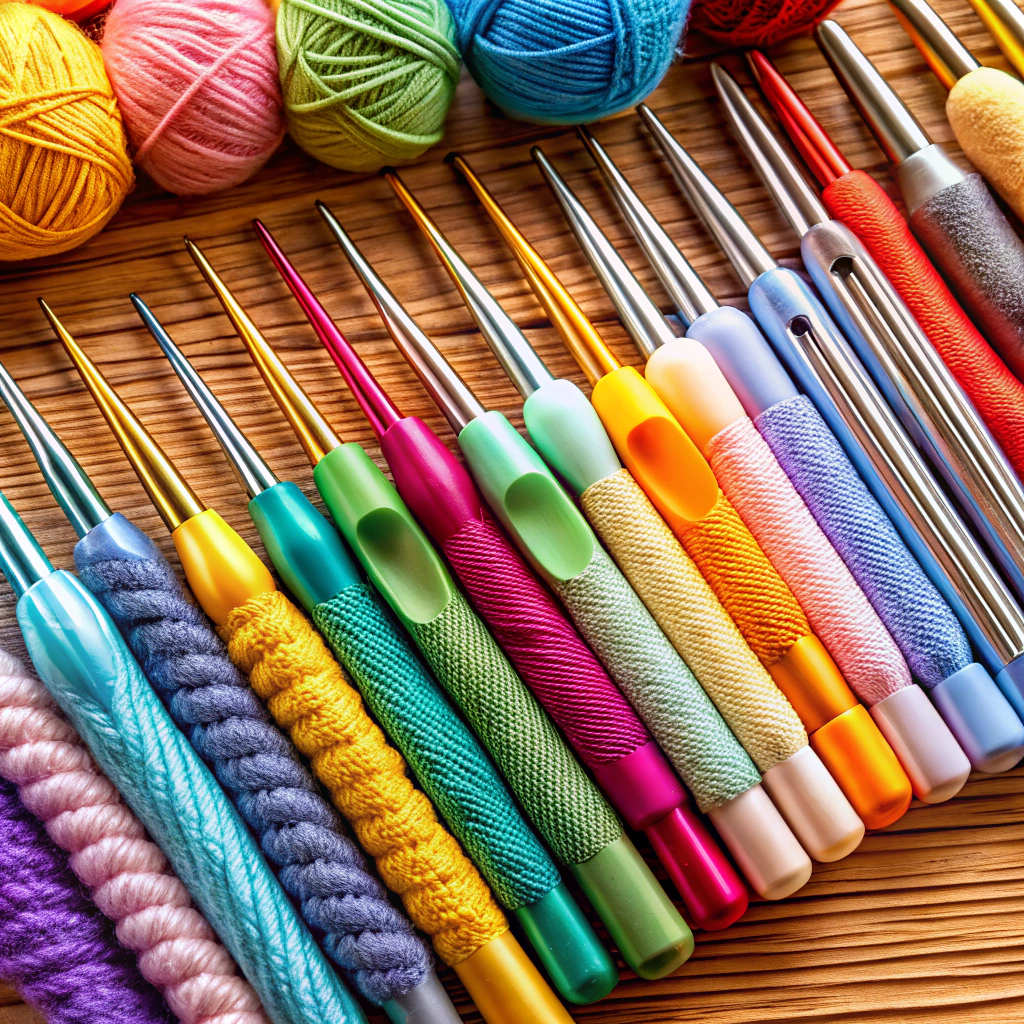In crochet, “sl” stands for “slip stitch,” a simple and handy technique used to join stitches or move around your work.
So, you’ve stumbled upon “sl” in a crochet pattern and feeling like you missed a memo? Fear not! When you see “sl” or “sl st,” it’s just code for the slip stitch, a sneaky little stitch that’s super versatile. In this romp through all things slip stitch, you’ll discover how to whip it up in three easy moves, why it’s the secret sauce for amigurumi, color changes, granny squares, and snazzy edges, plus the magic of nearly invisible seams. Buckle up, stitchers!
Key takeaways:
- Sl or sl st is the abbreviation for slip stitch in crochet.
- Master slip stitch with three simple steps: insert hook, yarn over, and pull through.
- Slip stitch can be used to shape amigurumi, make color changes, join granny squares, and add finishing edges.
- Slip stitches are great for forming a tight center ring and joining rounds in crochet projects.
- Slip stitch seam is a versatile technique for joining crochet pieces, creating sturdy and nearly invisible seams.
Abbreviation
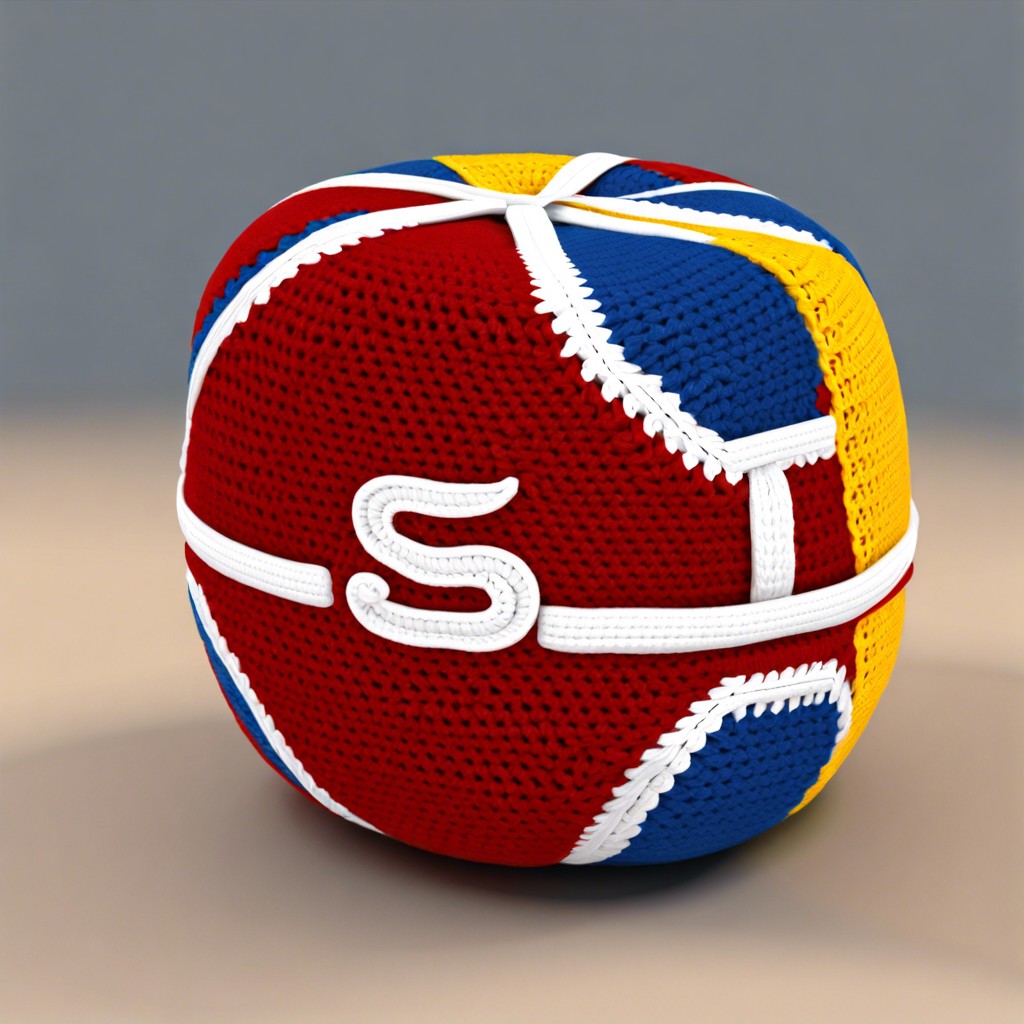
In your pattern, you might stumble upon “sl” or “sl st”—the crochet world’s shorthand for slip stitch. It’s a tiny stitch that’s big on utility. It’s like the swiss army knife of crochet stitches.
This stitch often appears in patterns like a mysterious guest star. Its roles can vary, but it’s usually there to:
- Connect rounds seamlessly.
- Create a smooth edge.
- Move your yarn to a new position without adding height.
Now that you know, “sl” or “sl st” isn’t just another cryptic note—it’s your new best friend in the world of crochet abbreviations.
Step-by-Step Instructions
Here’s the scoop on mastering the slip stitch. It’s like the ninja move of crochet: stealthy and efficient. Not to mention, ultra-useful.
- Insert Hook: Shove that hook right through the stitch/space where the slip stitch needs to go. Don’t be shy. Confidence is key.
- Yarn Over: Swing that yarn over the hook as if you’re lassoing a wild stallion. Or, you know, just pull it over the top with flair.
- Pull Through: Now, for the grand finale, pull the yarn through the stitch AND the loop on your hook. Voila! A slip stitch. Look at you go.
Slip stitching is great for sneaky movements in patterns without adding height. Keep it stealthy, keep it tight.
Ways to Use Slip Stitch
First off, let’s unravel its magic for shaping amigurumi. You need to move around a spiral without creating an accidental staircase? Slip stitch to the rescue, keeping those rows neat.
Next, it’s the secret agent for color changes. Want to switch from yellow to magenta seamlessly? Slip stitch makes the sneaky transition so smooth, even your yarn won’t realize it’s changed.
Then there’s the fabulous flat join in granny squares. Like a maze, it securely connects pieces while preserving that lovely, flat surface, because who likes bumpy edges?
And let’s not forget its cameo in finishing edges. Give your project a polished, tidy border with a sleek line of slip stitches. It’s the trim your creation deserves.
Lastly, surface slip stitching. It adds decorative flair and stitchy jazz to any design. Think embroidery but with your crochet hook. Fancy some polka dots? Slip stitch and voilà.
Forming a Center Ring
Slip stitches are your best friends when creating a tight center ring, especially in projects like granny squares or amigurumi. Here’s how to use them for crafting that perfect middle:
First, make a loop with your yarn, leaving a small tail. Chain a few stitches, then bring your hook back to the first chain stitch you made.
Insert your hook into the first chain, yarn over, and pull through both loops on the hook. Voilà, you have just created a small, neat ring.
Using this ring as a base, you can now start your rounds by working stitches directly into it. The slip stitch gives you a solid foundation and keeps everything snug and tidy.
This technique ensures that the center won’t unravel, keeping your work sturdy and making your projects look more polished. Easy peasy, yarn squeezy.
Joining a Round
When you’re working in the round, ending each row with a slip stitch not only keeps things tidy but also prevents your crochet project from resembling a lopsided pancake. Let’s avoid that awkward shape.
To join, insert your hook into the top of the starting chain. Yarn over, pull through both loops. Voilà, instant round closure!
This technique helps maintain the symmetry of your piece. So, your crochet circle looks like a circle and not an amoeba shape. This part is less artistic expression, more precision in action.
Slip Stitch Seam
Picture this: Your crochet project is almost finished, but now you need to join two pieces together. Enter the slip stitch seam, a versatile technique that’ll make you look like a crochet wizard.
First, align the edges of your pieces. You want them as close together as a pair of best buds.
Next, insert your hook into the first stitch of both pieces. It’s like threading a needle with yarn instead of thread.
Now, yarn over and pull through all loops. Feel the magic? That’s a slip stitch!
Keep going, stitch by stitch, until the entire seam is joined. It’s like a zipper but yarnier and infinitely softer.
Not only is this method sturdy, but it’s also nearly invisible. No one will suspect how you joined those pieces. It’ll be your little yarn secret.
So, go forth and slip stitch seam your crochet projects into cohesive masterpieces.
Surface Slip Stitch Crochet
It’s like a decorative secret weapon! This technique allows you to draw designs onto already crocheted pieces. Just think of it as doodling with yarn—only cooler.
- Insert your hook from front to back through the fabric at your starting point.
- Grab the working yarn with your hook and pull it through to the front.
- Move to the next spot in your design, insert the hook, yarn over, and pull up a loop through the fabric and the loop on your hook.
Voilà! Keep going until your masterpiece is complete, and make sure to secure your ends so your yarn drawing stays put.
